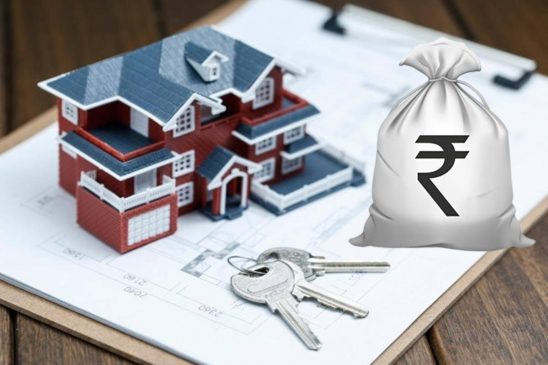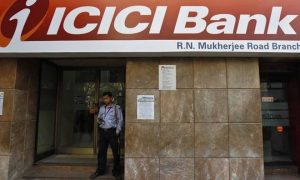By Rajesh Viswanathan
A repo rate is a monetary tool used by the Reserve Bank of India to control the supply of money or the liquidity in the economy. In May, the central bank reduced the repo rate by 40 basis points to 4%. The cut was preceded by a 75 basis-point reduction in March
Any change in the repo rate has a deep impact on the real estate sector. The millions of homebuyers across India are the crucial link between the repo rate and the real estate sector. Homebuyers in India generally use a home loan to buy residential real estate. Home loans are different from other loans like car loans and retail loans, primarily due to the long tenure of the loan.
Home loans are a long-term commitment and typically last for about 20-25 years. There are two components of a home loan EMI—principal amount and interest. The principal amount is fixed, but the interest rate varies. Even small changes in the interest rate reflect by way of an increase either in the monthly EMI or the overall tenure of the loans
The interest rate on home loans is not decided arbitrarily by banks or housing finance companies. Home loan interest rates are linked to an external benchmark. Before October 2019, lenders used Marginal Cost-based Lending Rates (MCLR) as the benchmark for home loans.
In October 2019, the RBI issued a circular that directed banks to offer home loans linked to new external benchmarks. The central bank provided multiple options to lenders, which included the repo rate, the 3-month Treasury yield of the Government of India and the 6-month Treasury yield.
A majority of lenders chose the repo rate as the external benchmark for home loans. The model is known as the Repo Rate Linked Lending Rate (RLLR). In the case of MCLR-based lending, the repo rate indirectly affected home loan interest rates as the marginal cost of funds included the repo rate or the cost of borrowing. However, under RLLR, interest rates on home loans are more closely connected to the repo rate.
As the name suggests, repo linked lending rate or RLLR is the lending rate which is linked to the RBI’s repo rate. However, the effective RLLR interest rate depends on multiple factors. For example, the RLLR-linked home loan interest rate will depend on several factors such as what the loan amount is, the loan-to-value of the loan and even the risk group of the borrower, amongst other things.
The margin charged by a bank will remain same for all home loan takers, however, as per the RBI circular, banks are allowed to charge a risk premium from borrowers. Risk premium charged by the bank will depend on how risky your bank perceives you to be and will, therefore, vary from one borrower to another.
The interest rate on home loans consists of the RLLR, along with the margin and the risk premium. The risk premium varies, but the margin is the same for all the borrowers. Since home loan interest rates are linked to the repo rate, banks have to revise the interest rate at least once in three months. The RLLR regime has ensured that the benefits of rate cuts are compulsorily passed on to the borrowers, which was not the case under the MCLR-based system where the passing of the rate cuts used to happen with a lag effect.





































